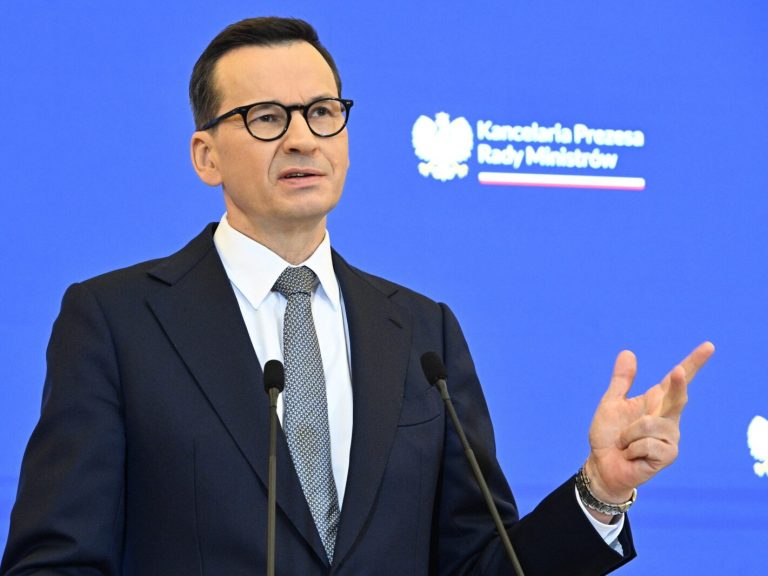7 steps towards balance. Summary of the past year in the field of ESG. Wprost & InnerValue rating

The past year was marked by changes focused on sustainable development issues. They were influenced by many factors covering key environmental, social, technological and legislative areas. These changes have positive effects, but they are also a big challenge. Thanks to them, changes are taking place that can be assessed on a global scale. We present seven important events and phenomena summarizing the past year in the field of ESG.
The hottest summer ever
The report of the World Meteorological Organization (WMO) shows that the highest average temperature in the history of measurements was recorded in the period from June to August last year. Air and ocean temperatures have never been so high. In July 2023, the average global air temperature was 16.95 degrees Celsius. Climatic anomalies affect a number of phenomena, including deaths on a mass scale. WMO data shows that in 2022 in Europe due to the above-mentioned Approximately 16,000 people died from the phenomena. people.
Loss and Damage Fund at the COP28 climate summit
During the COP28 climate summit in Dubai, the shape of the Loss and Damage Fund was adopted, the funds of which are to be directed to rebuilding countries after damage related to climate change. The first financing for the fund will amount to USD 300 million – funds will be contributed by Germany (USD 100 million), the United Arab Emirates (USD 100 million), Great Britain (over USD 76 million), the United States (USD 24.5 million) and Japan (USD 10 million).
The world’s first green bond standard
In October 2023, the European Parliament approved new regulations regarding the shape of the issuance of green bonds – an instrument financing activities to protect the climate and the natural environment. above securities oblige the issuer to allocate the funds obtained to projects consistent with sustainable development goals.
The standard adopted by the EU is dedicated to both private and public entities that want to raise capital for green investments and must meet stringent criteria regarding project selection, reporting and supervision. It will make supervision more transparent and help fight the phenomenon of the so-called greenwashing.
The long-awaited European sustainability reporting standard
On July 31, 2023, the European Commission adopted a delegated regulation introducing the first set of ESRS (European Sustainability Reporting Standards). It sets out the only sustainability reporting requirements to which all economic entities in the European Union will have to comply. The new standards will significantly expand the scale of disclosure of information and will be supplemented with sector standards in the coming years.
Increased expectations of ESG transparency
The SEC Newgate ESG Monitor study conducted in 2023 shows a trend of dynamic growth in the expectations of customers, investors and other stakeholders towards companies in terms of greater transparency and consistency in communicating their involvement in ESG issues. 68% of respondents from around the world believe that business should better communicate its activities related to environmental protection, social responsibility and good organizational management. Moreover, 69% of respondents want this information to be presented in a uniform way that facilitates comparison and assessment of data from different companies.
The first such low-emission flight across the Atlantic
Virgin Atlantic Airlines has completed its first flight across the Atlantic on sustainable fuel. The plane took off from London and landed in New York using only fuel made from vegetable waste and cooking oil. This innovation reduces greenhouse gas emissions by up to 70% compared to conventional aviation fuel.
Unmasking the banks
The report of the European Central Bank (ECB) published in 2023 shows that banks that actively communicate about their activities for the natural environment do not have a large portfolio of “green assets”. The ECB analysis showed that banks that base their image on caring for the environment grant on average 4% more new loans to sectors that emit a lot of greenhouse gases. The ECB notes that this mainly concerns smaller borrowers who are not under the particular control of stakeholders, including investors.





